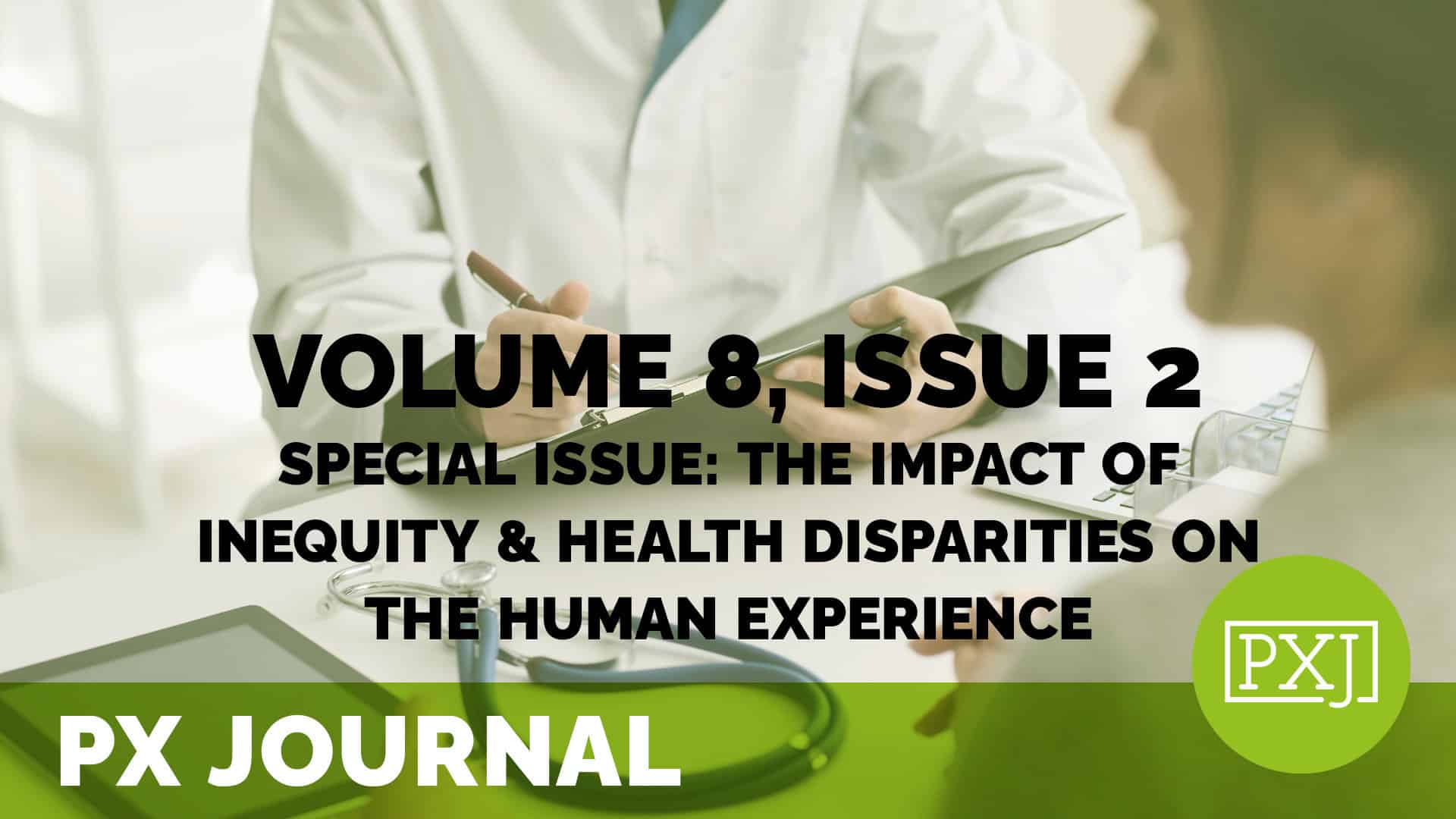Health equity and quantifying the patient experience: A case study

The COVID-19 pandemic has invigorated efforts to address health inequities disproportionately burdened by racial/ethnic groups and individuals of low socioeconomic status. Measuring and monitoring patient experience is crucial to understanding why the gaps exist and identifying mechanisms necessary to close them. Electronic health records and digital health tools hold much promise in this regard and can lead to change. We present a case study describing the innovative efforts undertaken at Sutter Health, a large integrated health network in Northern California, to quantify gaps in health equity using electronic platforms and visualization modalities. More work is needed to identify and address barriers rooted in social context and structural inequities and ultimately impact health equity.
Related content
-
 Culture & Leadership | Policy & Measurement | Staff & Provider Engagement
Culture & Leadership | Policy & Measurement | Staff & Provider EngagementEffectively Leveraging Patient Comments for Strategic Improvement
During this webinar, Children’s Mercy Kansas City shares results from a year-long case study on the meaningful integration of patient comments and the precise analytics derived from those comments into the strategic improvement planning efforts of an emergency department. The presentation will highlight how this process can foster a culture of human-centered patient and family
Learn more -
 Policy & Measurement
Policy & MeasurementListening to the Unsaid: Utilizing Patient-Reported Outcome Measures (PROMs) to Manage the Dental Anxiety of a Special Child
This article is the journey of a dentist who adopted the additional role of a healthcare manager and embarked on a transformative journey to enhance the realm of pedodontics.
Learn more -
 Policy & Measurement
Policy & MeasurementUnleashing Collective Potential: The Power of Team-Based Leader Rounding in Elevating Patient Care
Baylor Scott & White Medical Center faced a decline in patient experience scores, reaching the 50th percentile by 2022 due to inconsistent leader rounding and lack of focus on improvements. In 2024, the center revamped its rounding program by involving non-clinical and ancillary leaders, focusing on structure, support, and connections. This approach included protected time
Learn more
